EcuadorianHands promotes research and conservation of the tropical dry forest, home to the Palo Santo tree. Learn how...
Search in blog
Blog categories
- How To? (21)
- Life and health (46) click
- Environment (50) click
- Fashion (53) click
Latest posts
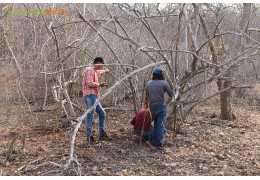
EcuadorianHands is a company that works in a sustainable and responsible way with the environment. We have been...
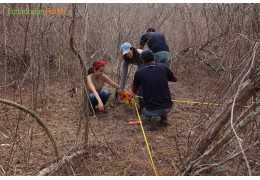
Dry forest, one of the most threatened ecosystems due to the ease of change associated with human activities. This...
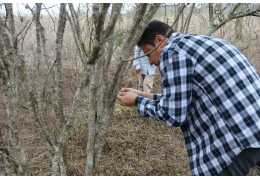
Of the five carbon compartments that can be measured in a forest (live aerial biomass, underground biomass, debris or...
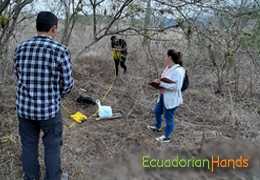
From 2015 to the present date, we have planted more than 10,000 palosanto trees, conducting scientific studies in...
Popular posts

.png)

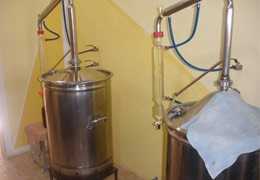

Photo gallery
-
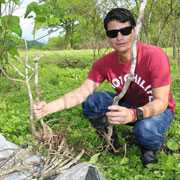
Is Palo Santo really endangered?
-

Is Palo Santo really endangered?
-
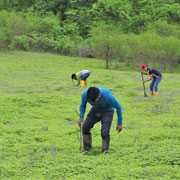
Is Palo Santo really endangered?
-

Investigations concerning the PaloSanto tree.
-
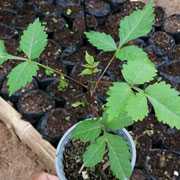
Nursery
-
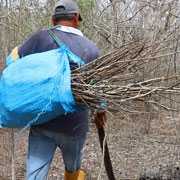
It's reforestation time! Palo santo

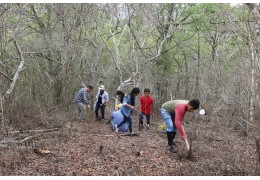

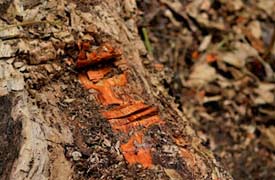

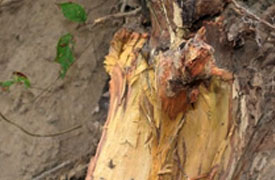
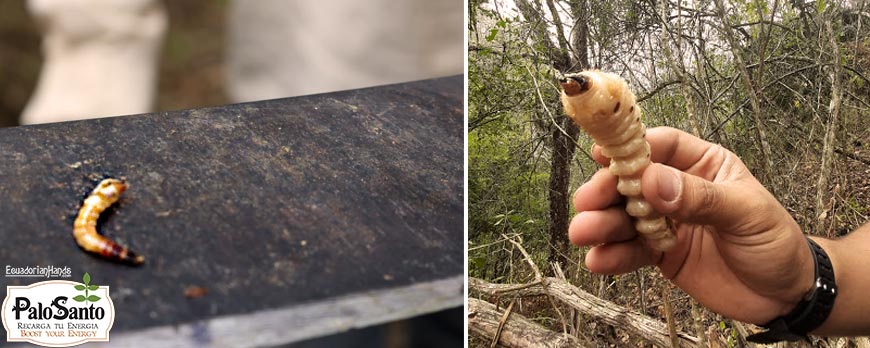
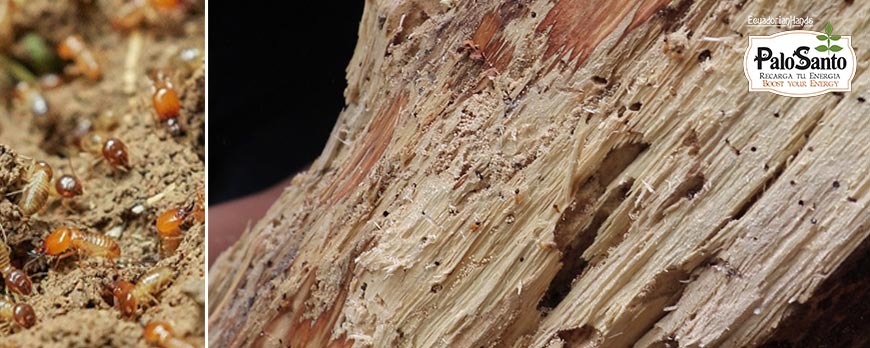
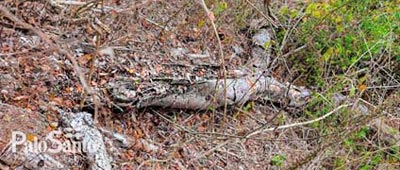
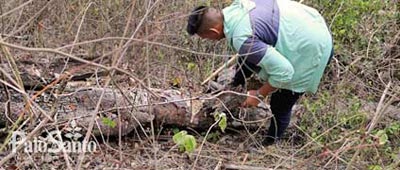
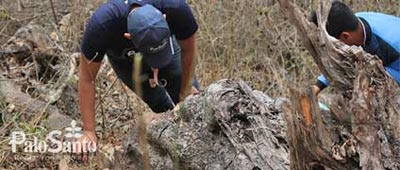
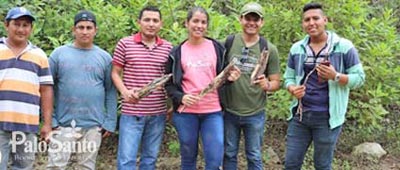
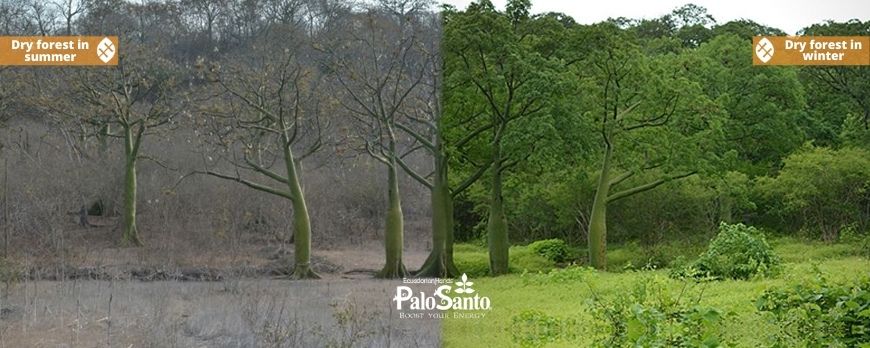

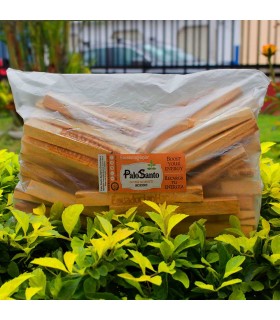
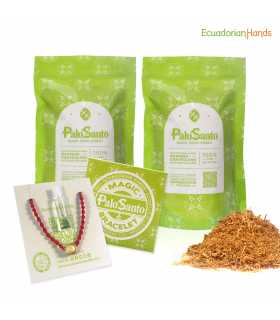


![FEDORA Panama Hat [FREE SHIPPING] | EcuadorianHands](https://ecuadorianhands.com/16027-home_default/fedora-montecristi-panama-hat.jpg)

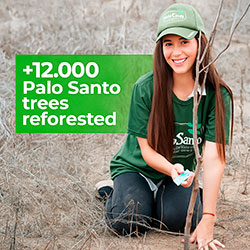
Leave a comment
Comments
Aprender su procesimiento de sembrado y cosecha
By: Marcos vargas On 01/04/2022Es interesnate su importancia del.palo santo, aprender como.conservarlo y a la vez aprovecharlo.
Replied by: Remote Support On 03/14/2022
odks oekovok okok
By: Ok On 08/16/2020Once the entire process was completed we were able to fill one more bag. At that time it was already approximately 1:30 pm. Therefore it was time to call it for the day and return to the starting point.It took about 3 hours to return, ending the day at 4 pm.
Replied by: Remote Support On 08/17/2020
Palo santo
By: Hector On 03/27/2020Hola soy de argentina y me interesa comprar varios Kg de palosanto aromático están enviando gracias